July 7 – 8, 2011
From Cape Vincent we planned to travel northeast down the St. Lawrence River to the area of Clayton, NY, only about 16 miles. We were still hoping that we would receive news that the parts we were waiting for from Holland had arrived in the country (Maine) and could be shipped to us while we were still in the U.S. Our plan was to cross the international border only once, so we wanted to see all the sights on the U.S. side before heading over into Canadian waters.
The area around Clayton is where the Thousands Islands mostly begin. Indians called the Thousand Islands Manitoanna, meaning the “Garden of the Great Spirit”. It is easy to see how they came up with that name when you see the unique shapes from the rocks and tree lines adjacent to the clear, blue water.
The 1800 islands in the St. Lawrence River are either U.S. or Canadian, none are shared by both. The peaceful border is the world's longest unfortified border, in effect since the end of the War of 1812. Nautical charts clearly show the very crooked division line; you can travel underway on either side of the line without clearing customs as long as you don't fish, anchor, or go ashore. Some of the islands are so close you could easily swim from one country to the next.
You cannot get the feel for, nor understand, what the Thousand Islands are all about, unless you get out on the water. There are public tour boats of all sizes, private rental boats and guides, and lots of places to dock or anchor your own boat. Several of the 45 New York and Canadian State Parks of the Thousand Islands are accessible only by boat, and they are really well-used during the busy summer months. A LOT of people, from both sides of the border, take their boats out on the weekends and “camp” out at park docks or at anchorages. They set up little grills for cooking, swim in the cold water, and lay out in the sun all day. Most of them travel with very fast, noisy boats. We stick out like sore thumbs! However, most everyone has been very kind and inquisitive about FLUKE and our adventure.
Once out on the water you will notice two things: the sizes of the islands and the sizes of the homes on the islands. Some of the islands are so small you could barely find room to park your car, but there may be a small “house” on it anyway. Other islands are large enough to accommodate several expensive homes without feeling crowded or one large private castle, depending on how many rooms are needed to entertain guests. Many of them have boathouses and extensive docks. A lot of them used native stones for building parts of the houses and elaborate walls and terraces. Then you need to realize, that most all of the island homes are used on a seasonal basis only! During the winter months, the waters are frozen over, so getting to the islands by boat is out of the question. Some islands could be driven to by car or snowmobile, but it is too chancy to count on having solid accessibility.
Some of the tour boats not only travel along the St. Lawrence River, but also weave in and out of many small island areas, giving the patrons a real chance to see the beauty of the islands. Plus, they also point out the noteworthy homes and talk about their original owners. Many of the large estates were built in the 1800s for corporate magnates so they could get away from the hustle bustle of the city and entertain their guests in the wilderness, but still have the comforts of home. A lot of those people came to the islands for hunting and fishing and developed elaborate summer social networks of sports: boat racing and showing, golf, and tennis. “Common” people began visiting the islands when tour steamships became popular and hotels sprang up along the mainland to house the new tourists to the area.
Clayton is a great place to get introduced to life in the Thousand Islands. The village offers several public docking areas with easy access from the river. We tied up at the Clayton Town Dock midday, right next to the Antique Boat Museum, which we planned to tour the following day.
The main tourist area, two streets, has the requisite number of ice cream shops, restaurants, and tourist boutiques. There aren't a lot of historic buildings, but those that are present are all occupied; the area is bustling with activity. Learn about the history of the Thousand Islands by visiting the small, Thousand Islands Museum. Since there is a minimal tree canopy the street area away from the waterfront was pretty hot since the buildings blocked the cool air blowing off the river. You can book a tour of the river from a waterfront tour operation.
This beautiful Bed and Breakfast is located right in town and would be a great place to access anything you wanted to visit in the area.
This quiet lady was standing outside the Thousand Islands Arts Center. Being a true Thousand Islander, I imagined she would agree with the following:
That little bit of history came from one of the displays at the Antique Boat Museum, where we spent an entire day and thought we could probably spend some more time. There is so much to see in any of the 8 buildings. You are given an education of early (small rowing and sailing vessels) river boat history through the invention of the steam and gasoline engines.
We started our day with a guided tour of La Duchesse. This 106' 1903 houseboat from the Gilded Age was owned by George Boldt, of the Boldt Castle fame, that we would visit in a few days. The photo is a photo of an oil painted fireplace screen aboard the boat. I thought it captured the elegance of the boat in an appropriate setting for its original use. Mr. Boldt summer island hopped with the houseboat, towing it from island to island with a tugboat, another of his many boats in his private fleet of dozens of all kinds of vessels. The houseboat is filled with gleaming woods with intricate carvings and polished metal fixtures. Rooms are set up with furniture and furnishings from the day.
The Cleveland E. Dodge building treats you to a plethora of classic motorized pleasure boats: launches, utility boats, and overnight cruisers. They all have a story to tell and you can't help but be amazed by their beauty; you can see your reflection in all the hulls and dream about what an exciting life they had and marvel in their preservation. Thanks to all the generous donors who gave the boats to the museum for the enjoyment of so many.
Most parts of the museum are self-guided, so you walk around at your own pace. As in this photo, a couple of the exhibits are hands-on, so you can board the vessel and fantasize about life on the river in a classic boat. If you want a real speed thrill, you can even take a boat ride in a triple-cockpit runabout for 45 minutes through the islands. We saw the museum boat out on the river many times with people holding on to their hats and their hair blowing behind them.
We learned that Standard Oil Corp. used the character of Dr. Seuss to promote their marine oils once the age of the gasoline engine emerged. Everyone could relate to the clever lyrics and artwork.
The gasoline engine allowed boaters to move around more quickly, with day trips, and even seasonal trips. They no longer had to worry about getting blown in the wrong direction by the wind or rowing against currents. They could go anywhere at any time!
The museum received a grant to help educate children about sailing. Every time we went by the waterfront there were kids out in the colorful little Sunfish sailboats. Adults can get some hands-on activity by going out on the water in St. Lawrence rowing skiffs as part of the admission to the museum.
The museum employees are all very approachable and gladly answer questions about the exhibits and the projects they may be working on. We spent quite a while talking to the people working in the Boat Restoration Shop on the world famous runabout, PARDON ME. She will undergo hours of slow, painstaking wood working and mechanical restoration to bring her back to the life for which she was originally built.
The day we were at the museum, one of the U.S. Senators from NY was going to be giving a press conference dealing with an “incident” that had recently occurred in the Thousand Islands. A charter U.S. fishing captain had been fishing in Canadian waters, with a Canadian fishing license, but didn't clear customs, as he had NEVER done before. It is easy to just drift back and forth over the border lines. Canadian border agents apprehended him and fined him $1000 or threatened to take his boat. We still haven't heard how the ruckus has been finalized. Anyway, we saw the podium had been set up and people were all nerved out about the Senator's arrival, so we decided to have a little fun of our own. Right after the press conference ended, the aid went to the podium and removed the “official seal”, which was just held on with velcro. That's about how solid our government is now anyway!
We decided to spend our first night at anchor at Picton Island, just across the river from Clayton. We set the hook on the first try and settled in to enjoy the lovely scenery and cool river breezes. Little did we know that our first anchoring effort was just a “fluke” and what troubles would lie ahead.
Sunday, July 17, 2011
Subscribe to:
Post Comments (Atom)
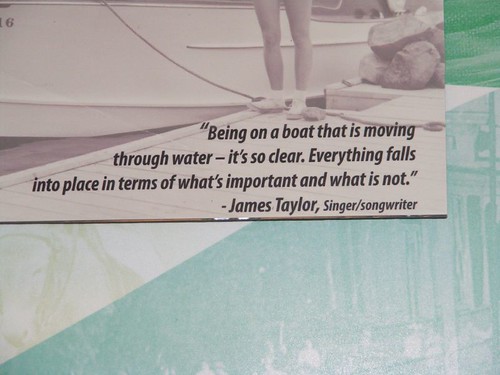
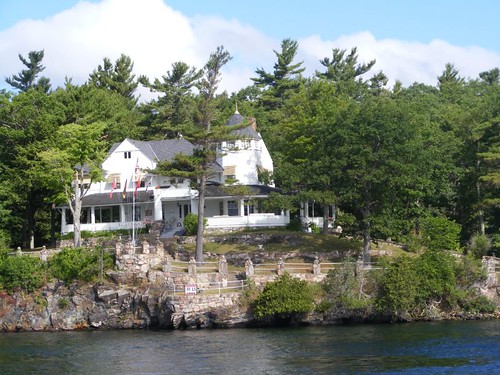
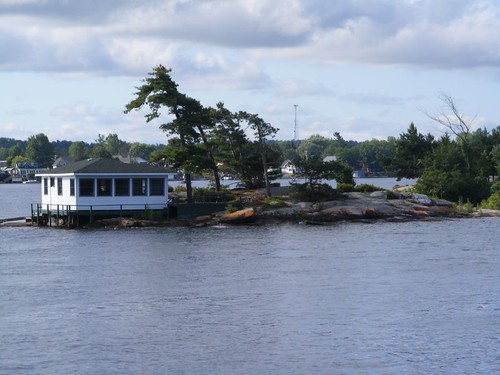
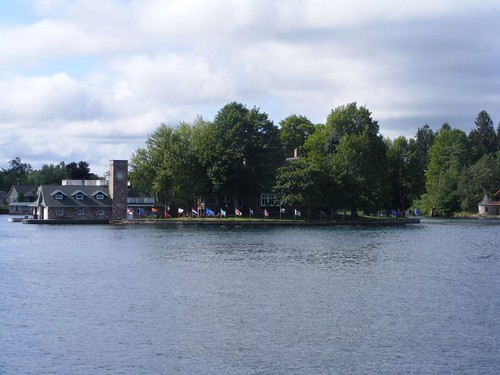

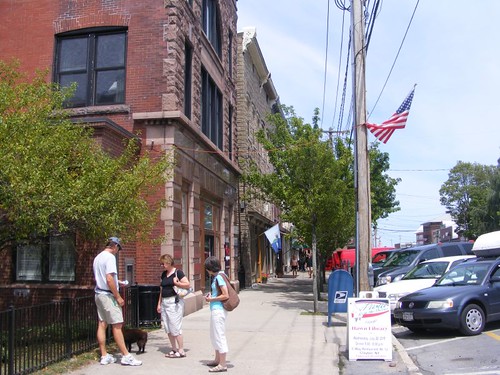
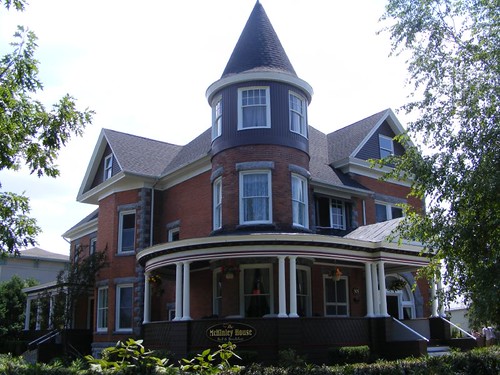
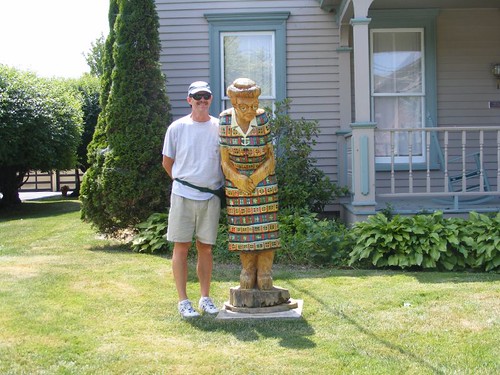

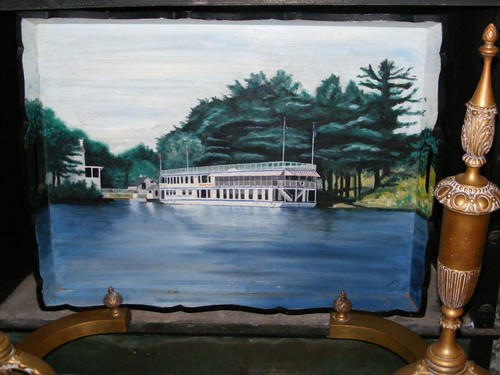
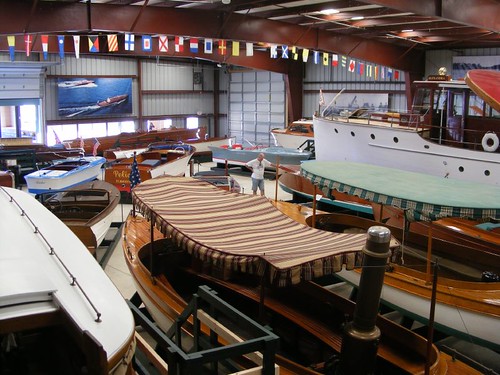
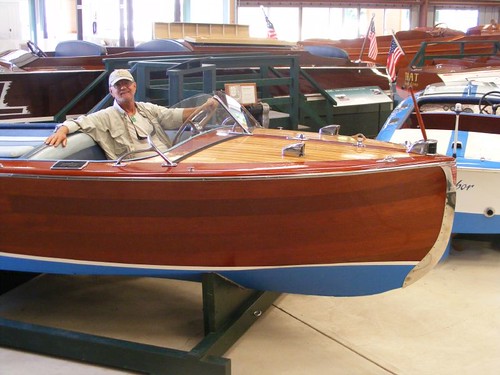
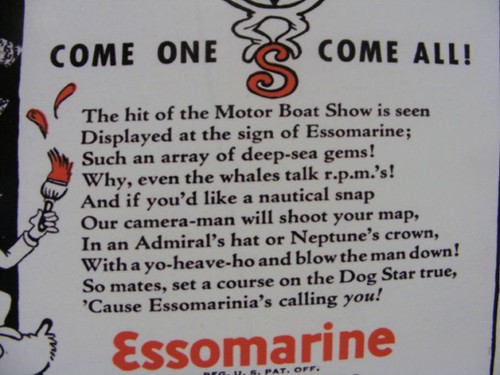
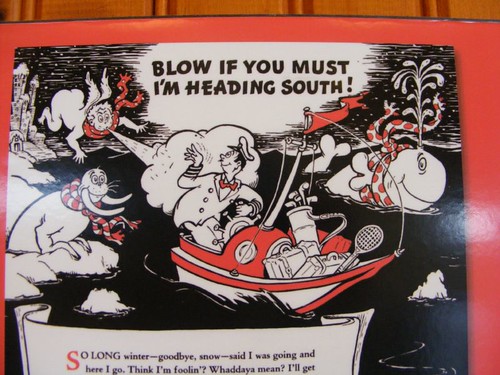
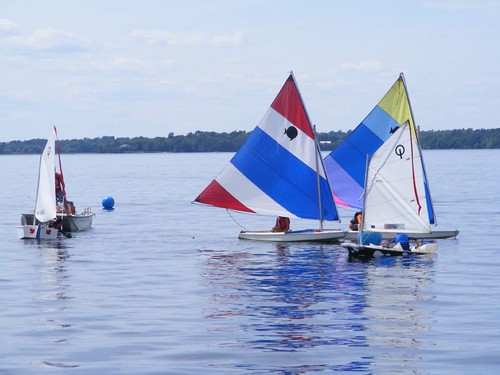
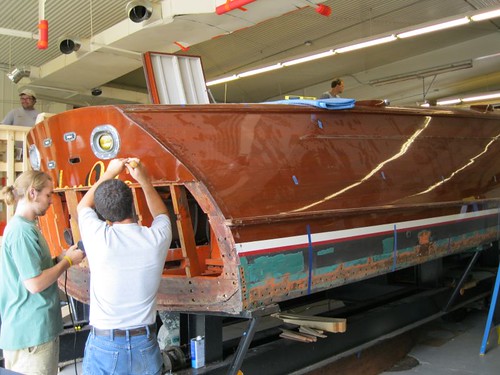
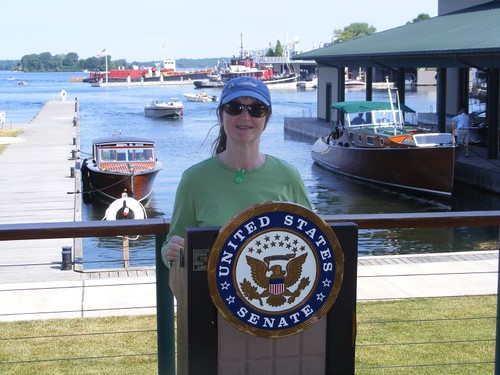
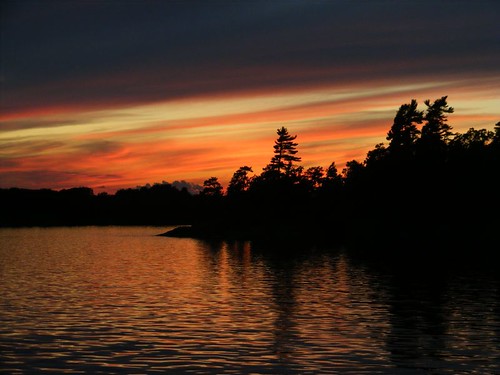








Alright, I'll vote for personal responsibility. But keep your hands off my Medicare!
ReplyDeletehandymanalex
Oh, no, Carol - you're leaving us with a cliff hanger! It's 7/20 today; hope all is okay now.
ReplyDelete